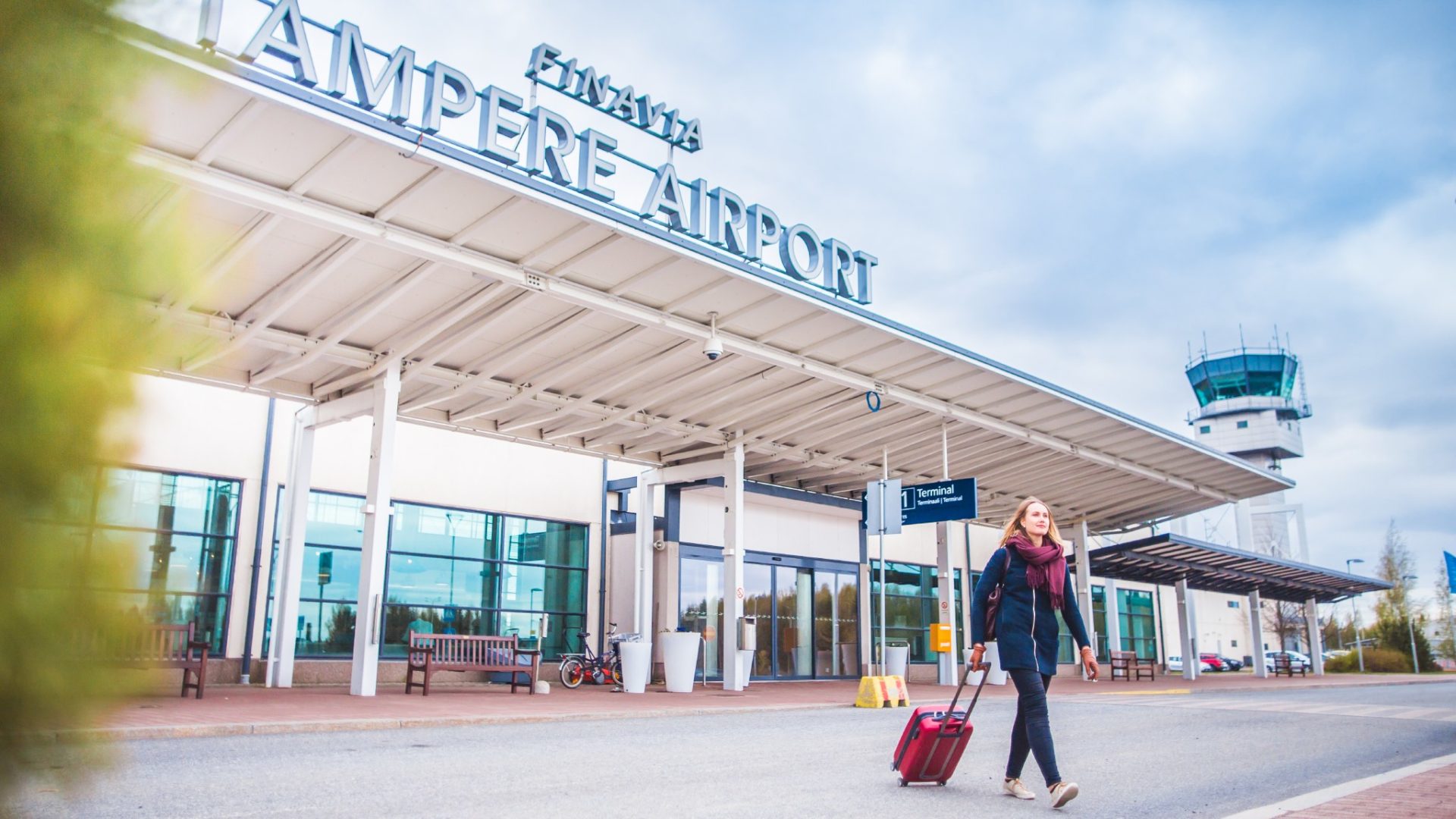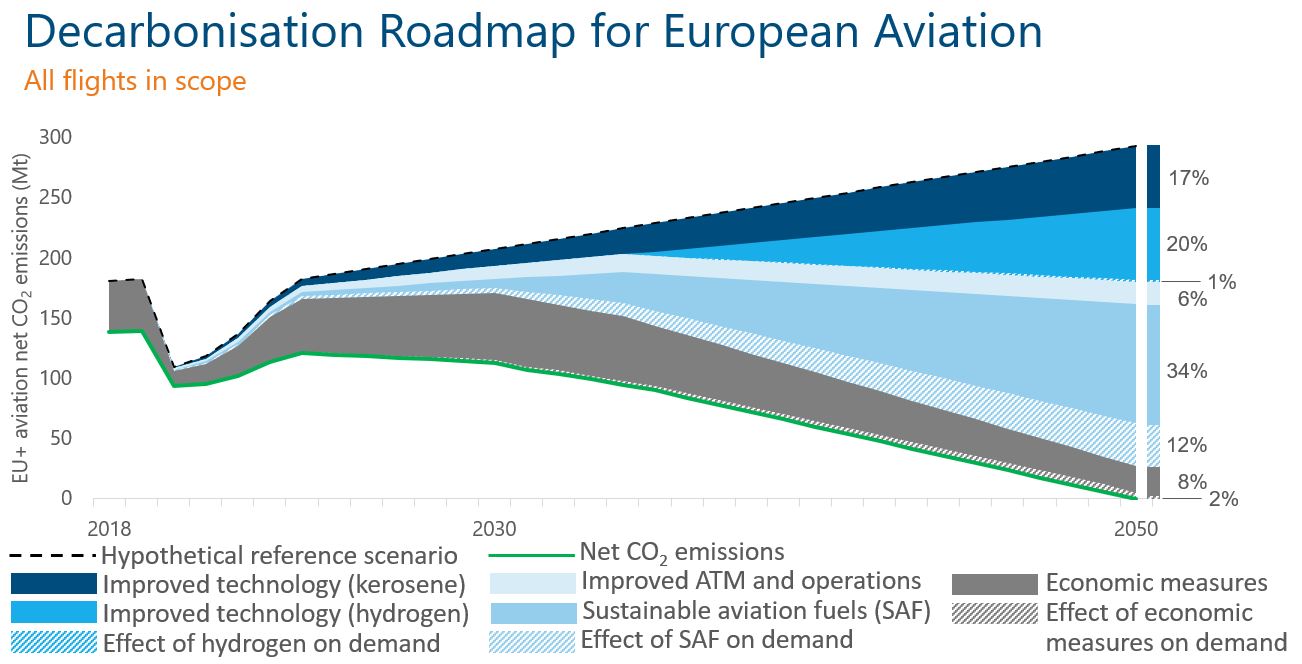Finavia’s Vice President of Sustainable Development: “We are preparing for the future” – Watch the Video Interview!
12.2.2024
The Finnish airspace is highly efficient," says Mikko Viinikainen from Finavia. This efficiency is beneficial when aiming to reduce the environmental impact of air travel. In a video interview, the Vice President of Sustainable Development at the company responsible for Finland's airports and air services discusses future plans for the aviation industry in the EU and Finland.
Finnish aviation industry is gearing up for the future hand in hand with international organizations and stakeholders, says Mikko Viinikainen, Vice President of Sustainable Development at Finavia. Preparation is needed to reduce emissions and prevent climate change. Even now, the situation looks promising, and the airports operate efficiently.
– Finland's airspace is highly efficient. Finnish runways or airspace do not become congested, says Viinikainen.
He adds that Finland has production of SAF (Sustainable Aviation Fuel), which is attractive to airlines. By altering the chemical composition or manufacturing process of the fuel, it is possible to reduce harmful emissions generated during combustion reactions.
Additionally, Mikko Viinikainen says that Finavia, which operates airports, is preparing for the increasing prevalence of electric aircraft.
Finnish runways or airspace do not become congested.
International co-operation
The European aviation industry, including airlines, airports, aerospace manufacturers, and air traffic service providers, has collectively developed a long-term plan and practical solutions to achieve zero emissions from all flights departing from the EU, the UK, and the EFTA area.
– Two years ago, the European aviation industry jointly developed a plan to reduce emissions. Its name is Destination 2050, Viinikainen explains.
Viinikainen explains that Destination 2050 reflects the aviation industry's aspirations for the next approximately 30 years.
The aim is to integrate innovative technologies such as electric and hybrid aircraft, as well as hydrogen and biofuels, as stated on the project's website. The goal is to reduce the industry's dependence on traditional fossil fuels. Optimizing flight routes and carbon offsetting are part of the strategic program, which emphasizes collaboration among various stakeholders.
